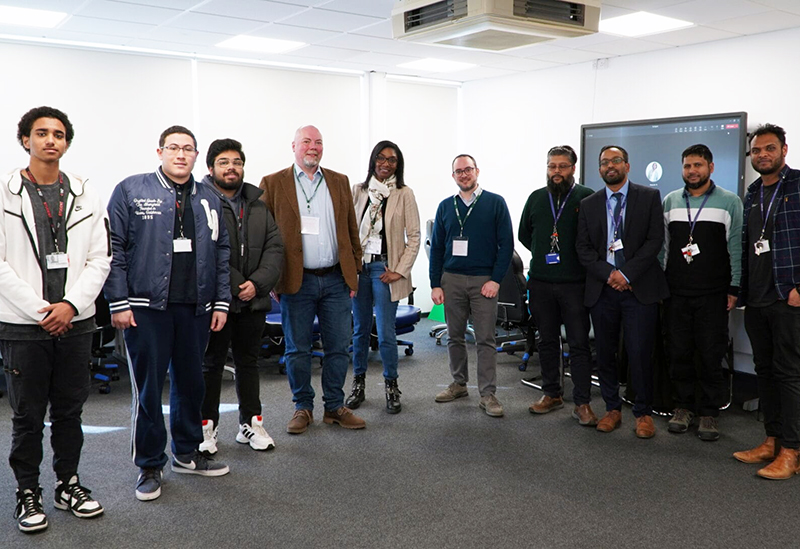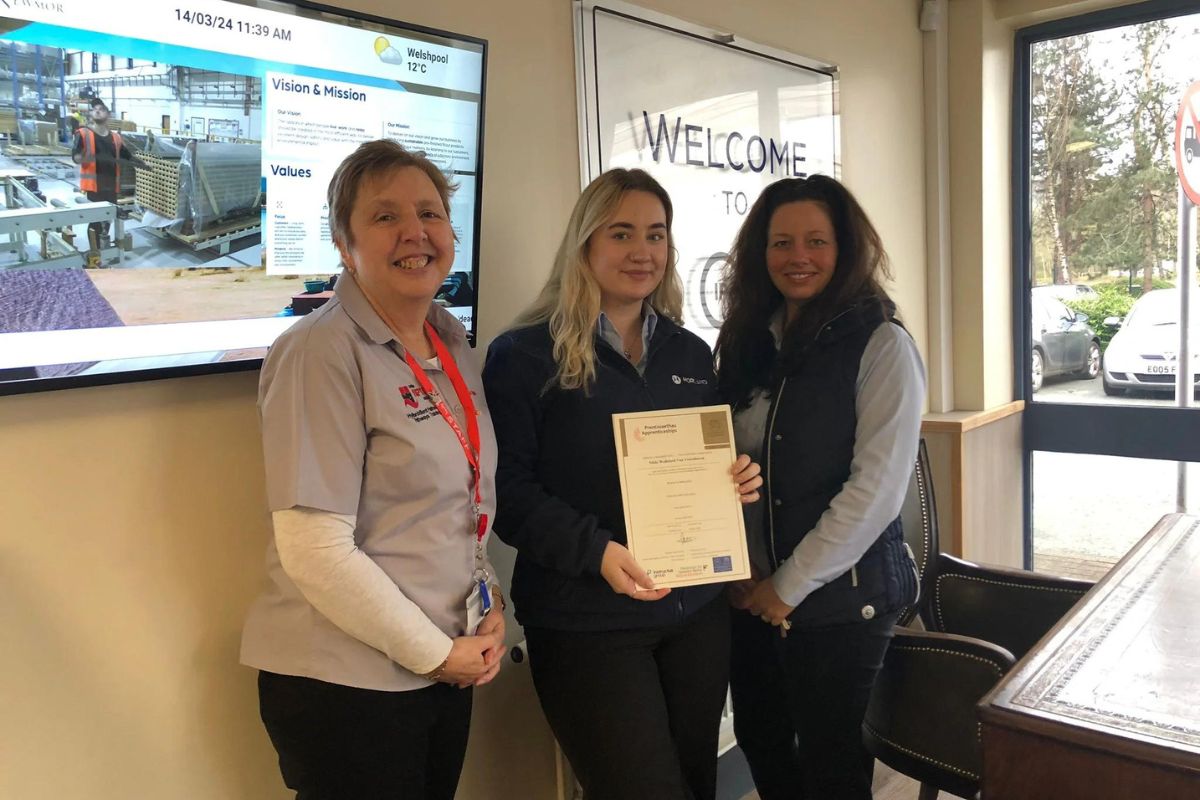7 ways to give your CV a competitive edge

7 changes you can do to your CV right now which will give you an edge over competition
If you’re in the process of applying for your dream job and find yourself always being a recipient of rejection emails, then it may be time to look at your CV and re-evaluate what you have chosen to represent you to your future employers.
The world is a competitive market, so to stand out in your field of expertise, a generic CV is not going to make an employer remember you from your fellow candidates. It is essential that both your personality and your skills are conveyed, this will create a long-lasting impression and an invitation to that all-important interview.
Liza Andersin, HR Director at findcourses.co.uk, has compiled a list of 7 changes you can make to your CV right now which will increase your chances of being shortlisted.
1) Quantify your achievements
Depending on your industry you will have different achievements which convey your skills. For examples, if you work in sales, it is more effective to say, ‘increased sales by 40% to £100k a month’ as opposed to ‘increased sales a considerable amount’. Wherever you can, use supportive figures when mentioning revenue, turn over and cash sales. If your changes were performance related, then be sure to explain the benefit this had on the company. By following up an example with the effects the employer will be able to visualise your impact.
2) Visual effects
Many employers have their own personal preferences when it comes to visual presentation, but it is vital your CV follows an outline as opposed to lashings of font sizes and artistic yet unreadable fonts. Avoid fussy fonts like Times New Roman and Pristina, instead opt for simple clean font like Arial, Verdana or Tahoma. Font size should never go below 10, it is perfectly fine to use underline, bold and italics but only when necessary.
3) Trace your digital footprint
If you have your social media credentials on your CV, then it is vital you clean up your accounts. Even if they aren’t listed on your CV this is worth doing as employers are still keen to find out more about you. First select suitable profile images, this is not to say post an image of you in a suit, but just steer away from drunken selfies that don’t portray you at your best. Facebook and Twitter have an option to download every update you’ve posted into one single document so you can have a read through and delete any which are unsuitable. You should always include a link to your LinkedIn profile, this provides optimal exposure to your personal brand.
4) Specific achievements
You should tailor your CV to each job for optimum chance of being shortlisted. After your main summary you should list three to six major achievements which are directly linked to the position you’re applying to, this shows that you have understood what the recruiter is looking for. Facts and figures reflect your capabilities.
5) Modern keywords
Nearly every employer or recruiter uses keywords to identify qualified candidates. If you don’t use the right ones, then your CV risks being overlooked. It is important to use modern versions, for example ‘talent acquisition’ as opposed to ‘personnel’. You can use the ‘About Us’ section of the company’s website, LinkedIn group conversations and social media sourcing.
6) Skim reading
Employers love to skim, especially if many CV’s are up for discussion. It is best to write 3-4 paragraphs at most. A top tip is to add a white space between paragraphs and use headings and subheadings to segment and introduce information.
7) Remove the irrelevancy
Even though you might be applying for the same job position, different job companies do often look for different things. This can apply to their person specifications and the skills they are looking for. Once you know exactly what your target employers want to see, it is best to read your CV and cut out any information that might be surplus to requirement. This saves the employer time and allows them to draw their attentions to what matters most.












Responses